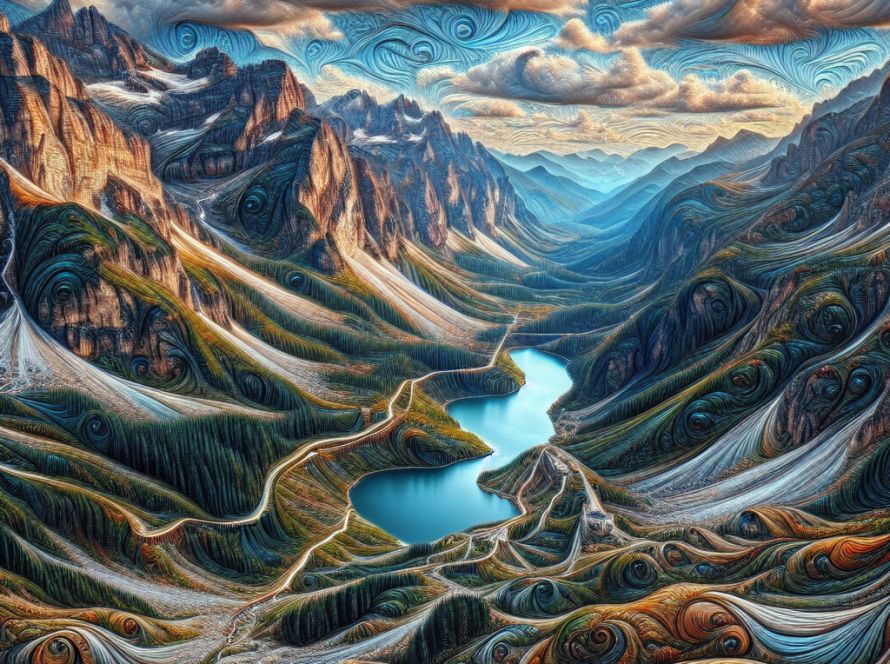Artificial Intelligence (AI) is ready to revolutionize the art world by generating unexplored creative possibilities. Recent launches of innovative AI imagery-generator tools like DALL-E 2, Stable Diffusion, and Midjourney are pioneering this dynamic field, yet questions remain about what truly constitutes art, and the fine line between inspiration and plagiarism. However, as our understanding of these technologies amplifies, such issues will be better addressed. A significant example of the potential of AI driven art was last year’s Cosmo magazine cover, which was created by an AI system, marking an extraordinary evolution in the annals of AI art.
Nonetheless, the journey of AI art is not devoid of certain barriers, including skepticism regarding the originality of AI productions and the level of human engagement involved in realizing these creations. Artistic originality has long been cherished within our societies, and AI-generated artwork casts a shadow of doubt on such sought-after innovative uniqueness. Additionally, the extent to which humans control the algorithms that result in the final piece has raised questions about the authenticity of the AI artistic process.
Yet, many artists and advocates of AI art maintain a positive outlook. For instance, an artist, Cros, emphasizes that innovative and original AI artwork is possible if the algorithms are guided by creative and thought-driven individuals. He emphasizes that AI should not be considered as a replacement for human artists, but instead viewed as an instrument which can enhance and streamline artistic creativity.
According to Cros, AI is a potent tool capable of drafting powerful narratives or conveying influential messages that can make art more engrossing and lucrative. When used rightly, AI can not only broaden the horizons of what is possible in art but can redefine the meaning and perception of art itself. This is just the beginning of the journey, with vast potential lying ahead in the domain of AI art.
It is likely that as we venture deeper into the realm of AI art, the notions of creativity will evolve, leading to more interest in, and acceptance of, the concept. The use of AI in the artistic process is likely to mature, resulting in art that is not just aesthetically appealing, but also imbued with deeper meaning and societal relevance. More importantly, as the technology advances, the need for an appropriate ethical framework for AI art will become increasingly clear. This will ensure that while we embrace the benefits of this technology, we also guard against potential misuse or the compromising of cherished art industry principles and practices.
In conclusion, AI art presents us with an exciting landscape riddled with both opportunities and challenges. It calls for a delicate balance between technological advancement and respect for creative expression. As the relationship between art and technology continues to grow and evolve, it is expected that a new era of innovation and creativity awaits us in the world of AI art. It will drive new narratives, ideas, and concepts, and even change the way we see, appreciate, and understand art.


